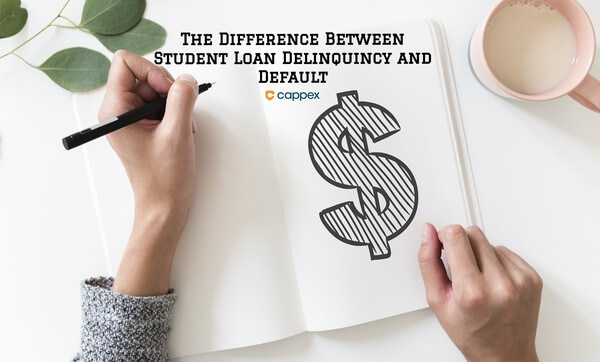The Difference Between Student Loan Delinquency and Default

A student loan is considered delinquent when the borrower does not make a payment by the due date. Most lenders report delinquency to credit bureaus when the loan is 30 or more days past due.
A serious delinquency occurs when the borrower is 90 or more days past due. A serious delinquency indicates a significant likelihood that the borrower will default on the loan.
A student loan is considered to be in default when the borrower fails to make a required loan payment for an extended period of time. Federal student loans go into default when they are 270 days delinquent. (Technically, a federal student loan is not in default until it is 360 days delinquent, since the lender has 90 days to file a default claim and most lenders wait until the end of the claim period.) Private student loans are in default when they are 120 days delinquent.
Not every delinquency will progress to a default. For example, about two-thirds of borrowers who are 31-90 days delinquent on federal student loans will progress to a 91-180 day delinquency, about two-thirds of those will progress to a 181-270 day delinquency and about two-thirds of those borrowers will go into default. Ultimately, about a quarter of federal student loan borrowers with a 31-90 day delinquency will eventually default on their student loans.
Federal student loans report defaults as part of a cohort default rate. The cohort default rate is a short-term default rate measure, reporting the percentage of borrowers entering repayment in one federal fiscal year who default by the end of the second following federal fiscal year. Cohort default rates are about half of the long-term default rates. Private student loans report a charge-off rate, which is the percentage of loan dollars outstanding that were written off during the previous year. Most defaults occur within the first 4-5 years of repayment.
Private student loans tend to have lower delinquency and default rates than federal student loans, because private student loans are credit-underwritten. When financial aid and federal student loans aren't enough to cover all costs, consider financing the gap with private student loans. Shop around to find the loans that best fit your needs.